921 (Taisho 10) Wednesday, August 31 Sculptor Takahashi Go was born in Chiyoda, Sakata City, Yamagata Prefecture. His real name was Takeshi TAKAHASHI. For generations, his birthplace in Yamagata made a living as a wood carver for shrines and temples, known as miyaborishi (wood carver). Takahashi Tsuyoshi also studied under his father from a young age, and started to carve the family business of temples and shrines.
In 1940 (Showa 15), he moved to Tokyo at the age of 19, and the following year he entered the Tokyo School of Fine Arts (present Tokyo University of Arts), where he mastered his skills under the sculptor Sekino Seiun. With World War II in between, I graduated from Tokyo Fine Arts School in 1946 (Showa 21).
As early as 1947 (Showa 22), she won a prize at the 3rd Nitten Exhibition, and then worked energetically, but the turning point was that she exhibited “Ballerina” at the 10 Nitten Exhibition in 1954 (Showa 29). From then on, Takahashi will continue to pursue this theme, a sculpture with a ballerina motif, throughout his life.
When I take a walk around the city, I don’t usually notice it, but when I look carefully, I realize that there are actually bronze sculptures all over the city in Japan. The mainstream of Japanese public art, or so-called public art, is these bronze sculptures. The installation of bronze sculptures was very popular in the 80s as a permanent public art, mainly by local governments, in conjunction with urban development projects.
If you find a statue of a female ballerina among those street corner sculptures, you can almost certainly say that it is Takahashi Takeshi’s work. A famous ballerina statue is used as a meeting place at the north exit of Nishikasai Station on the Tokyo Metro Tozai Line. They are a statue of a dancer in Gicho Namiki Park next to Nerima Culture Center, Nerima Ward, and a statue of a ballerina at Exit 6 of Joshin Station of Nagoya Municipal Subway Maizuru Line.
Why was Takahashi so attracted to the statue of a ballerina? As an explanation, there is an evaluation that attempts to express the pure and beautiful spirit that resides in the body of a trained ballerina as a motif, or that seeks eternal feminine beauty in a dynamic form with a sense of vitality. I remember the last scene of director Iwai Shunji’s movie “Hana to Alice” and the scene of actress Aoi Yu dancing ballet at the audition. I just thought that the human sensibility to feel beauty and beauty is connected over time.
TAKAHASHI Tsuyoshi won the Japan Art Academy Award for his work titled “The Dancer in the Training Room” at the 17 Nitten Exhibition held in 1985 (Showa 60). He died in 1991. He was 70 years old.
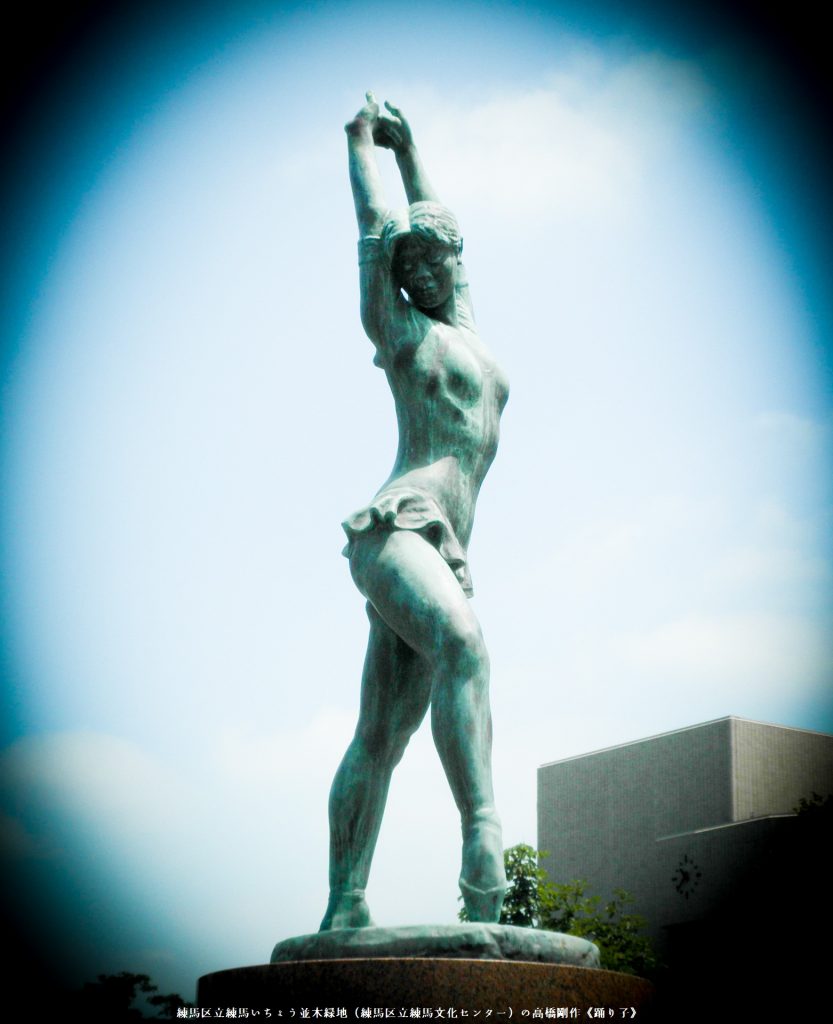
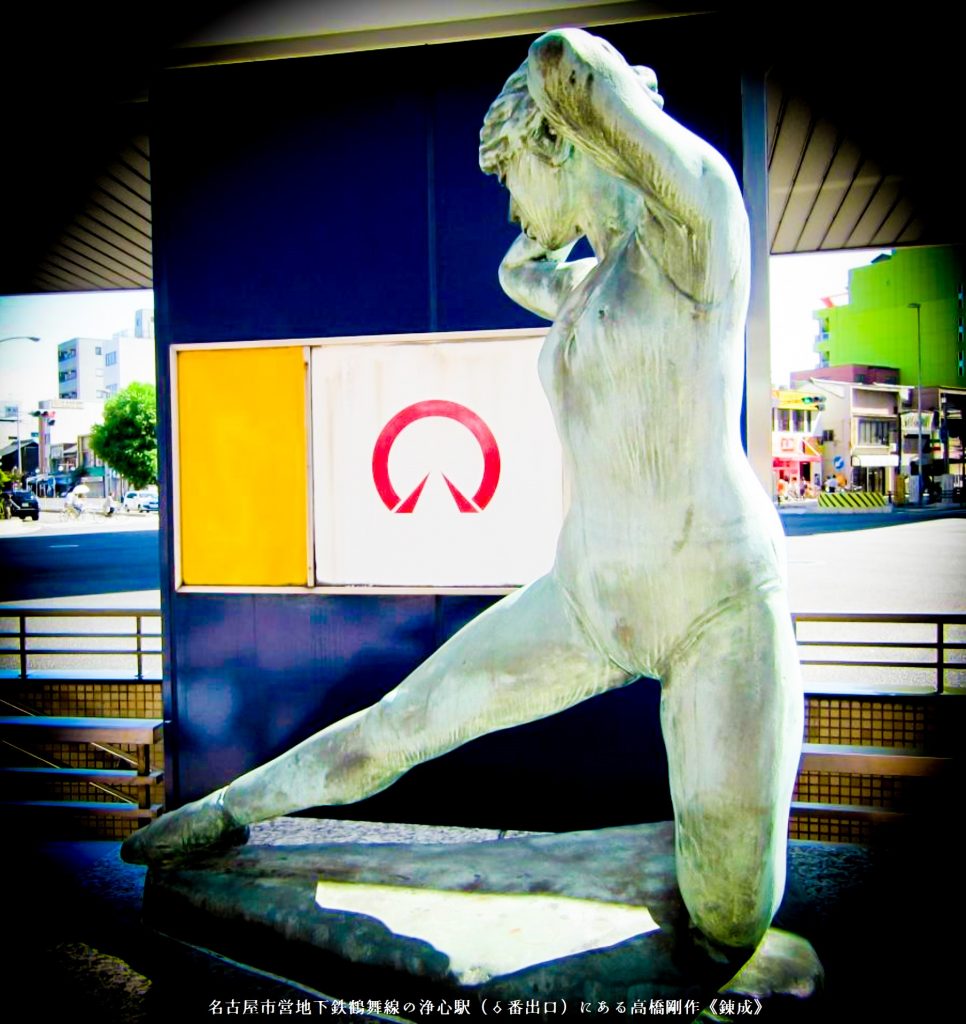
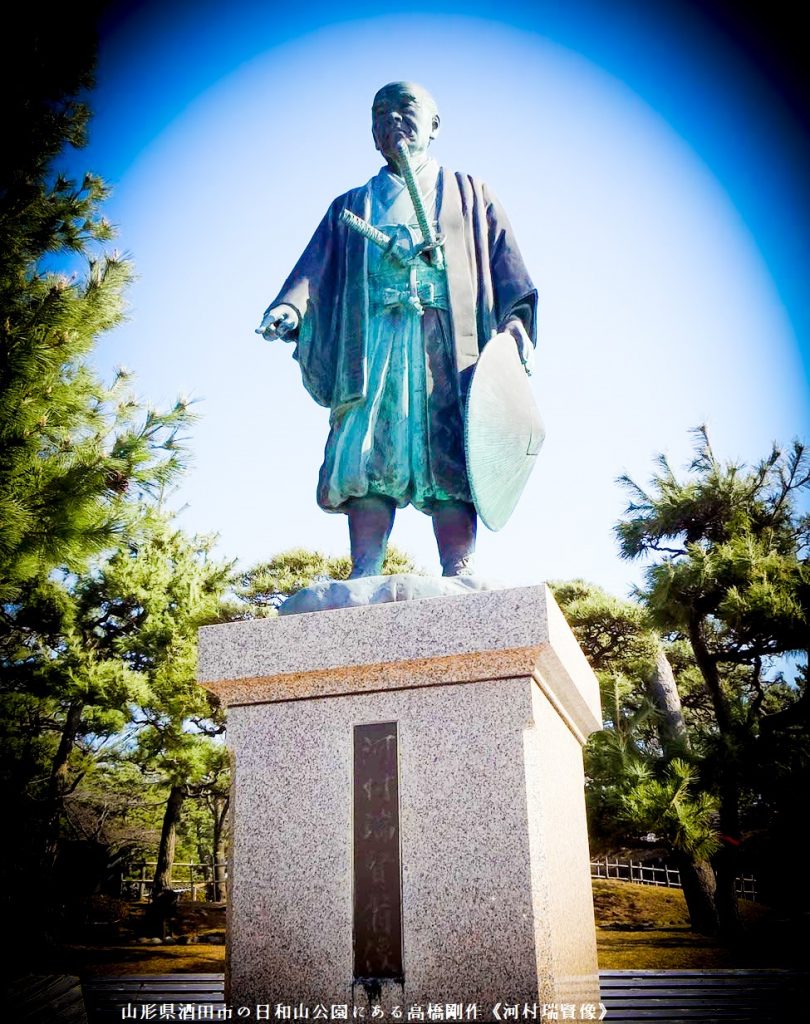

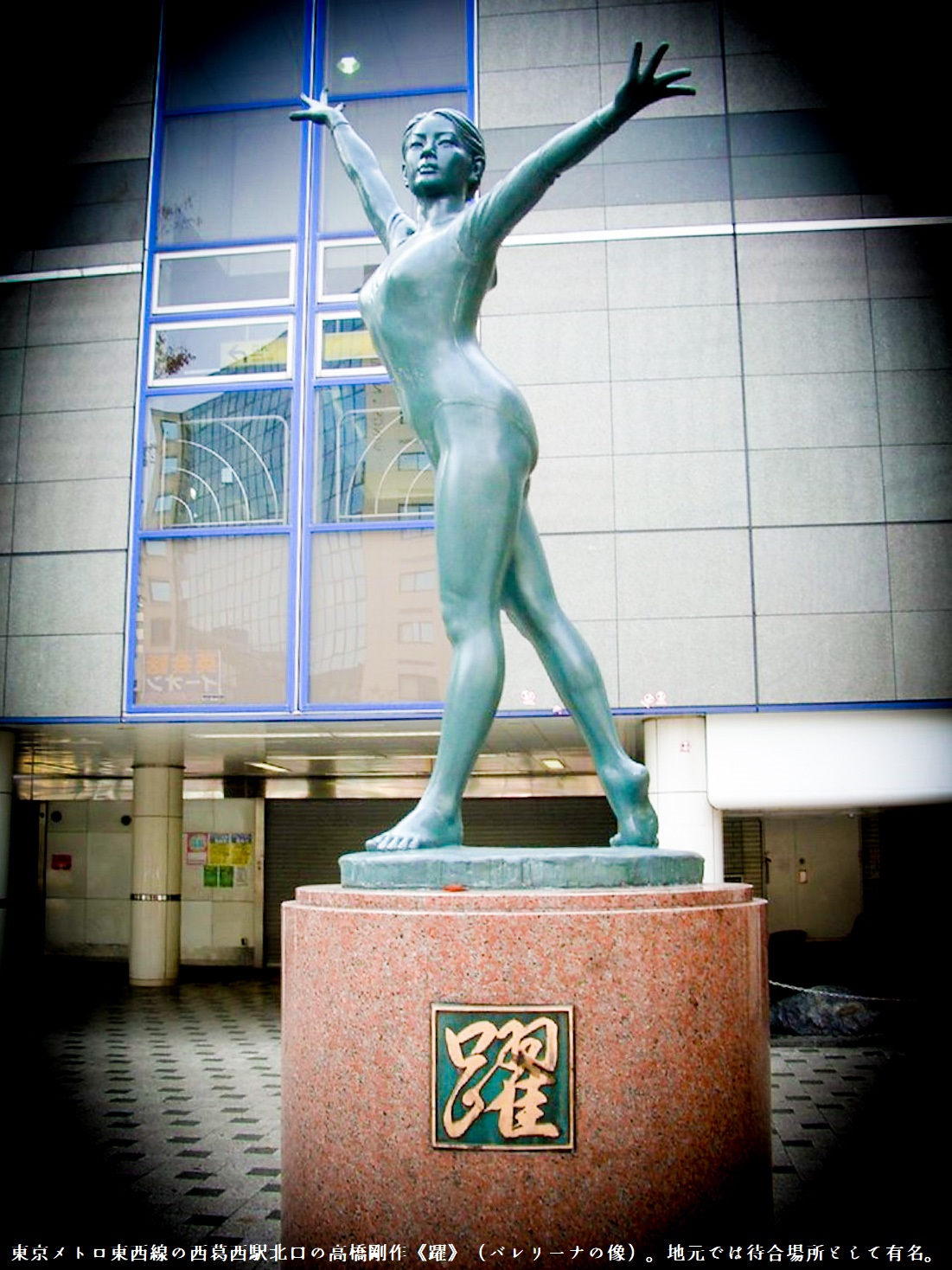



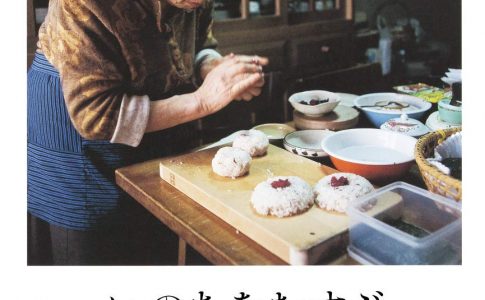

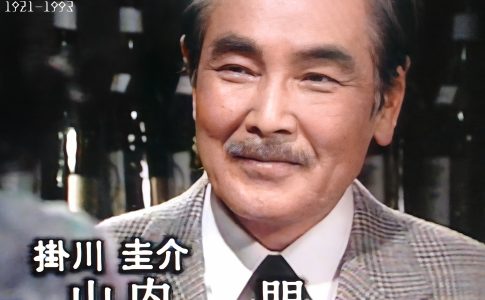
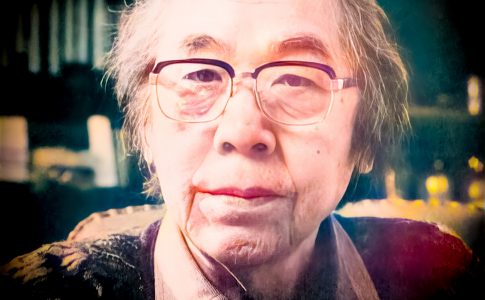
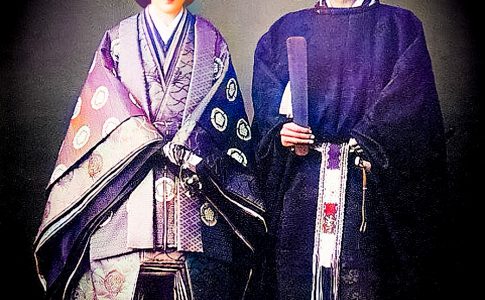
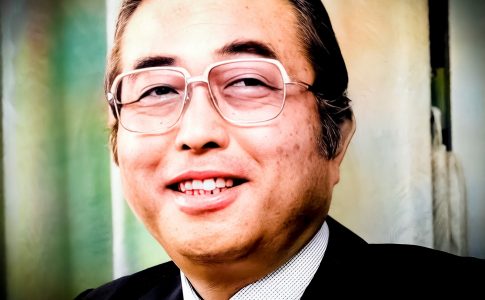

Leave a Reply